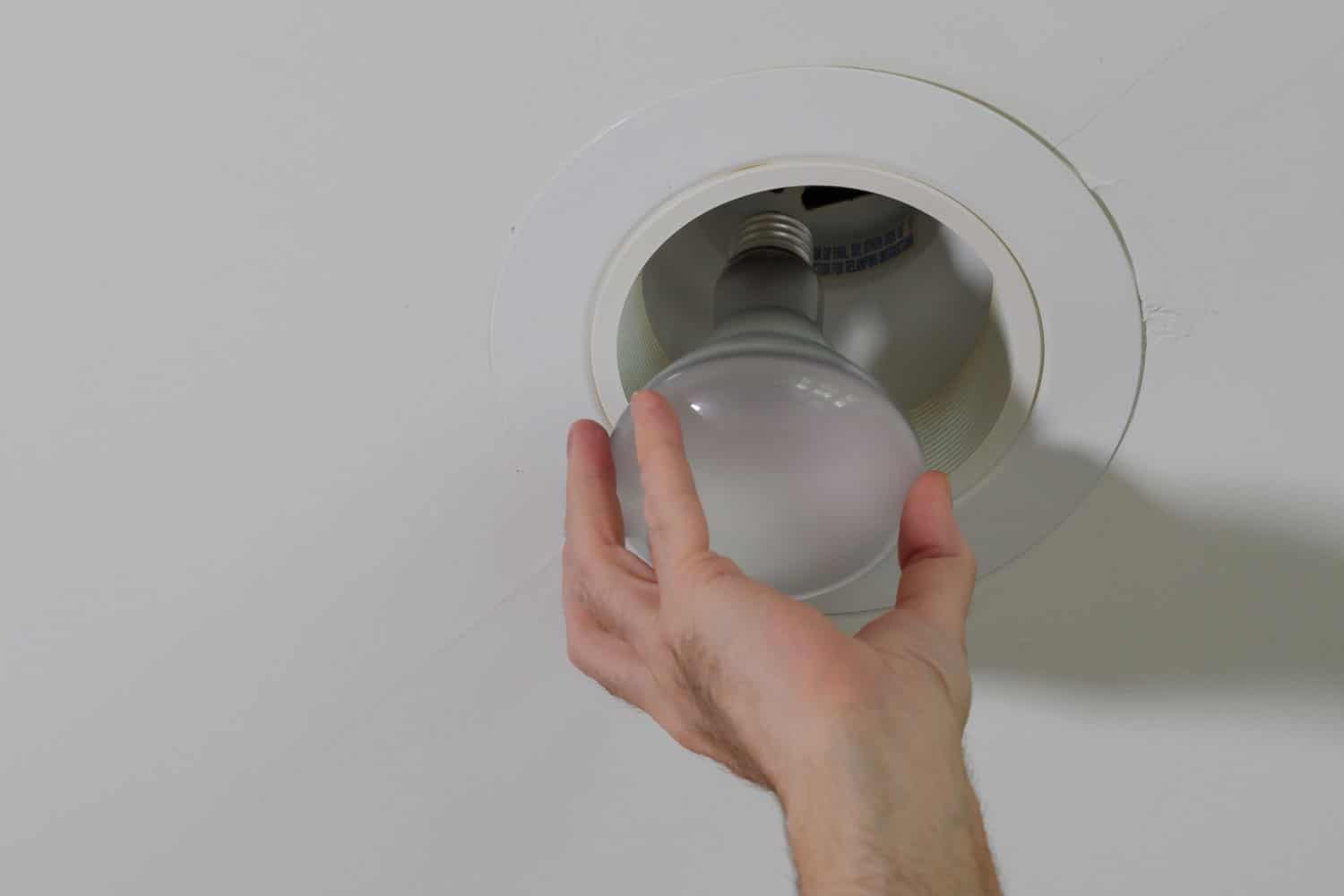Recessed lighting has become increasingly popular in home design and architecture. You may be contemplating, however, whether you would get a can or canless fixture for recessed lighting. We’ve asked the experts about their differences, and here’s the answer to help you decide which is the best option for your lighting project.
Choose can recessed lighting under these conditions:
- You have a low ceiling.
- You have a specific object or area that you want a focused light.
- You prefer an easy replacement of the light bulbs in case they burn out.
- You’re familiar with the installation procedure.
- You are renovating your ceiling and the drywall is not yet installed.
And similarly, choose canless recessed lighting if you have these preferences and limitations:
- You are keen on the design and placement of your lighting fixture.
- You want better illumination in your space.
- You prefer a fast and easy installation.
- You have tight spaces in your ceiling.
- You have less budget.
As you can see, choosing between can or canless for your recessed lighting can be a bit challenging as there are many factors to consider. Stay on this page as we delve into the benefits and drawbacks of whichever choice you would make.
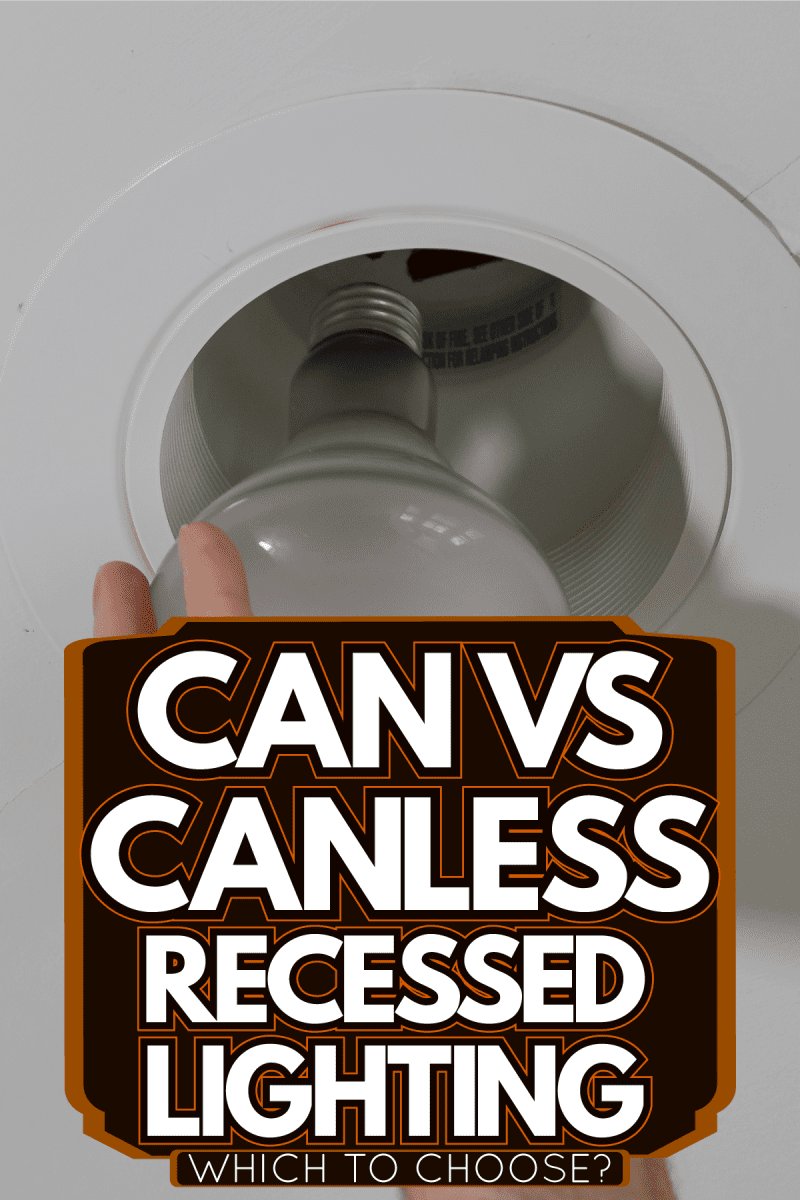
Why Choose Can Lights?
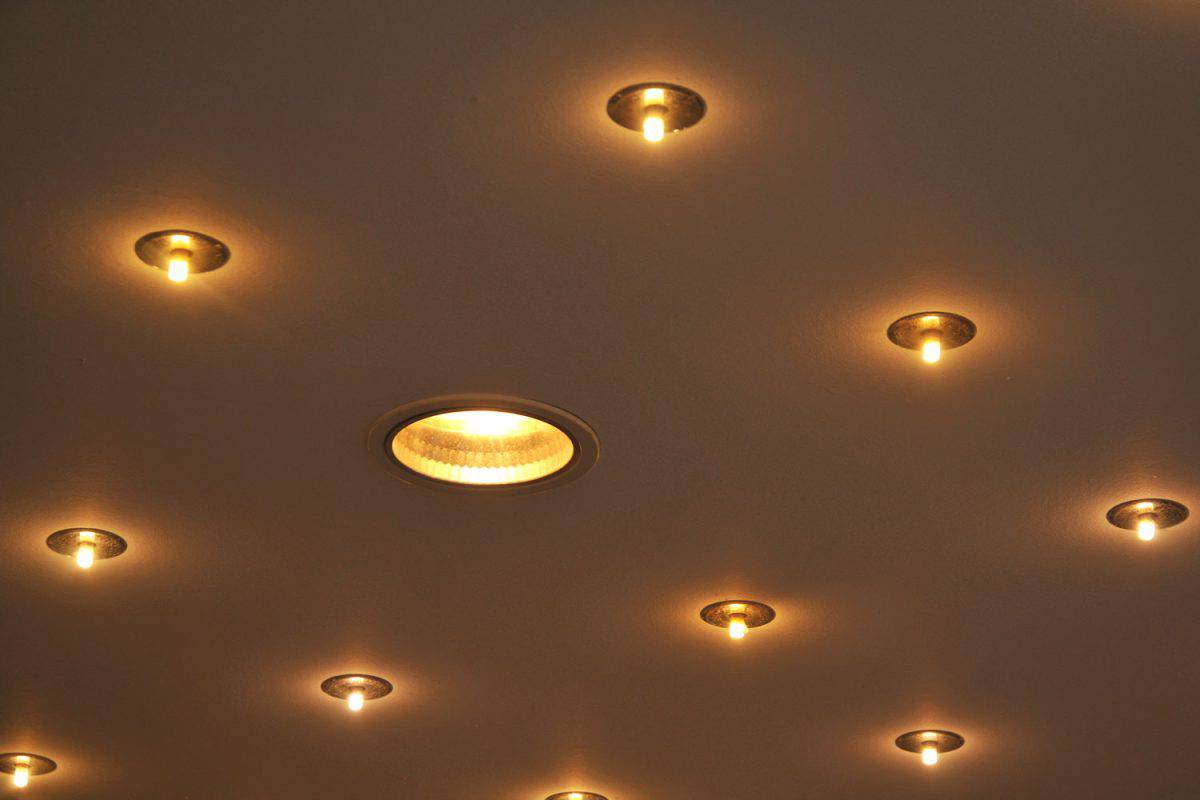
As the name suggests, can lights are contained in a can-shaped housing that is entirely installed into the ceiling. Hangers and rods for mounting are included when you buy the package. The housing protects the light bulb, and an electrical box is attached at the top of the housing. So, you would choose can lights for your recessed lighting if these conditions exist:
You have low ceilings
This factor points towards more on aesthetics rather than functionality. More often, chandeliers and ornate lightings may not be adequate for low ceilings. So to add an artistic flair, homeowners and home designers resort to can recessed lighting.
Typically, can lights range from 3 to 9 inches in size, and this can easily blend for low ceilings. And much more, there is a myriad of trim options available in the market you can choose from as seen from the photo below. Trimmings of the can lights might be one big thing to consider since they are the external elements, as such, they are readily noticed if installed on low ceilings.
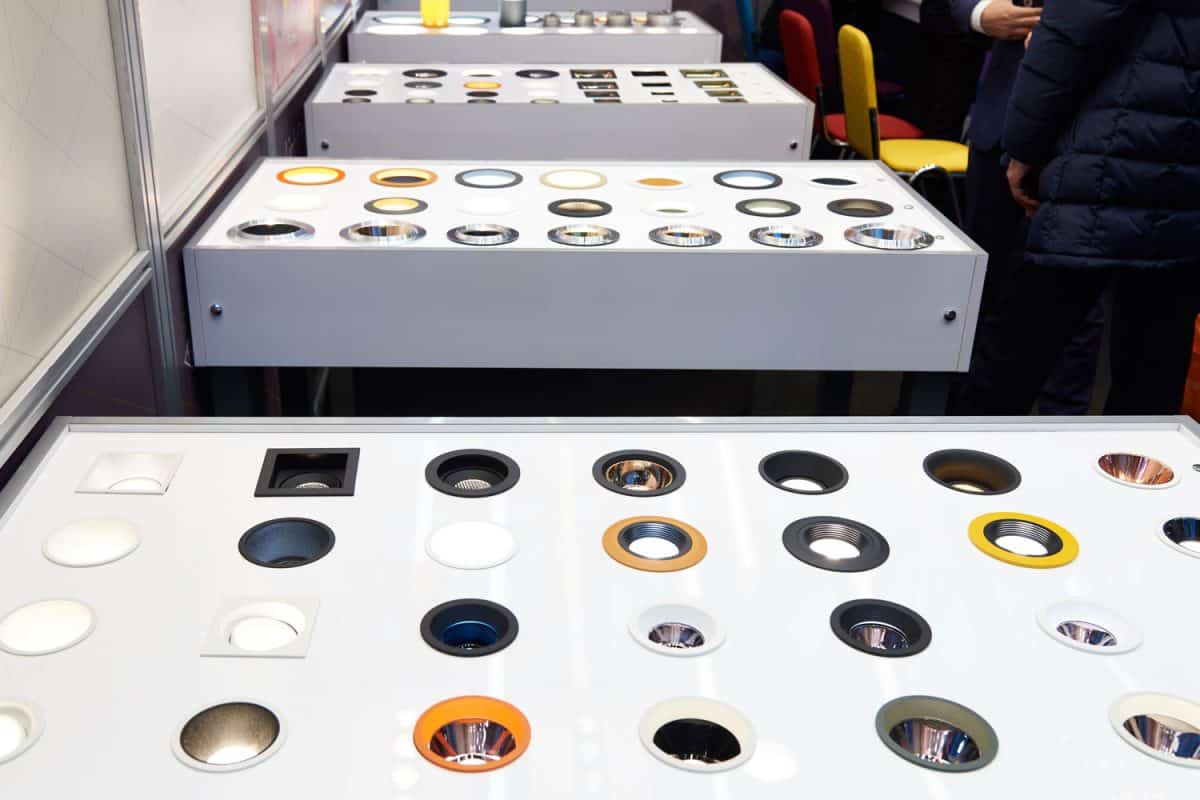
You have a specific object or area that you want light to be directed to
Other than the ceiling, can lights can be installed on the wall or floor. And since they have can-shaped housing, they can focus the illumination towards a specific direction you intend to.
For example, if you have a painting on a wall or a fixture such as a coffee table, in your space that serves as the focal point of the room, you would want more light to be directed to these objects. And can lighting best serve this purpose
You want a fast and easy replacement of the light bulbs in case they burn out
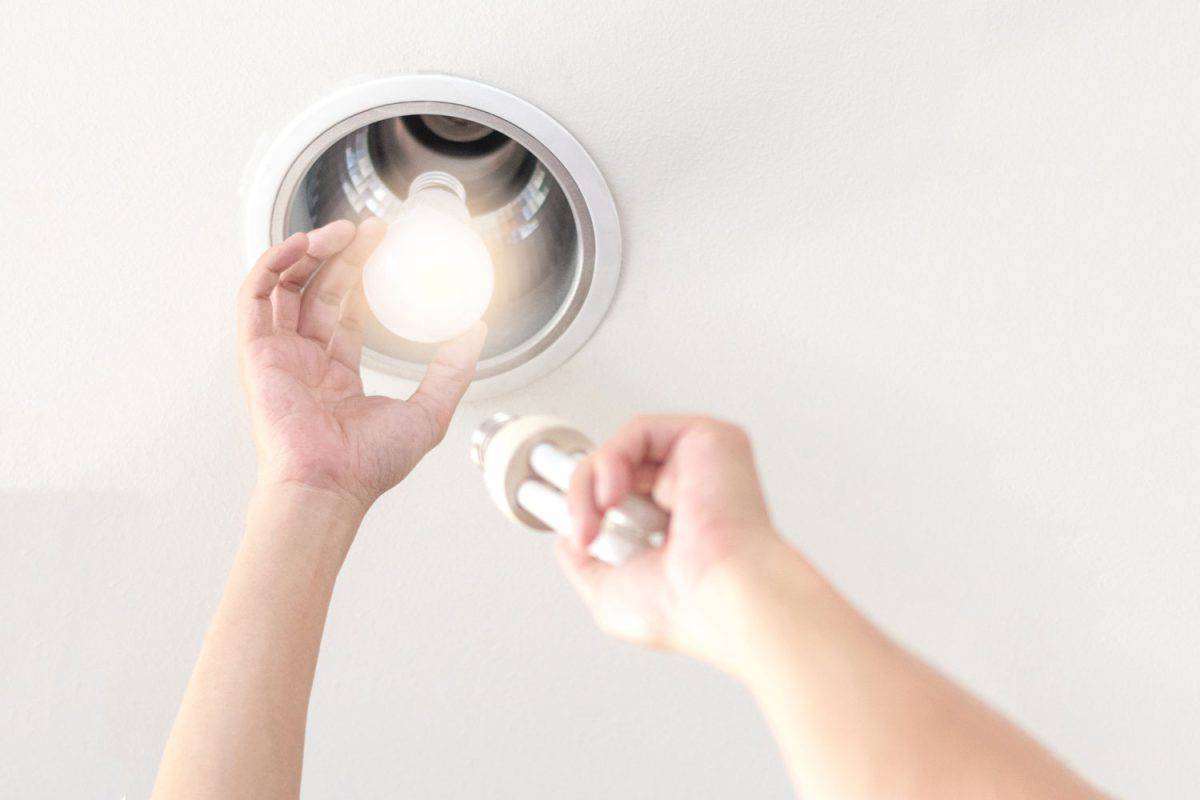
In case light bulbs burn out in can lights, you can easily detach and replace the bulb, and no further electrical work to think about. The connector is standardized, so you will not have a hard time getting a replacement bulb.
You are familiar with the installation procedure
The installation procedure for can lights is standardized. Once you learn to install one, you can readily install most can lights. This could be more useful for DIYers who can get familiar with the installation process easily. You don’t need to call for lighting contractors which would translate to added cost.
You are renovating your ceiling and the drywall is not yet installed
Installation and placement of can lights and the electrical work require complete access to the ceiling and similarly before the drywall is installed. This particularly applies when you are doing a major renovation. As such, can light may be recommended if you are in this phase of your home improvement project.
On the contrary, choosing can lights may have its drawbacks. It is important to balance the benefits that you would enjoy against these disadvantages of having can recessed lights:
- It lowers the insulation value of your home. This holds true because you need more space and cut through the ceiling to properly install the can fixtures. And cutting through the ceiling would also slash and penetrate insulation panels that are already in place.
- There is a limitation on the positioning and layout of can lights. During the planning stage, you need to consider the orientation of the joists and trusses in your home before you layout the placement of your can lights.
Check out this airtight steel IC can housing on Amazon.
Why Choose Canless Lights?
On the other hand, canless lights come as a single unit with a thin housing that is directly connected to the electrical wires. The design is a thin disk with LED light. Since they are directly connected to electrical wiring, they don’t require an electrical box.
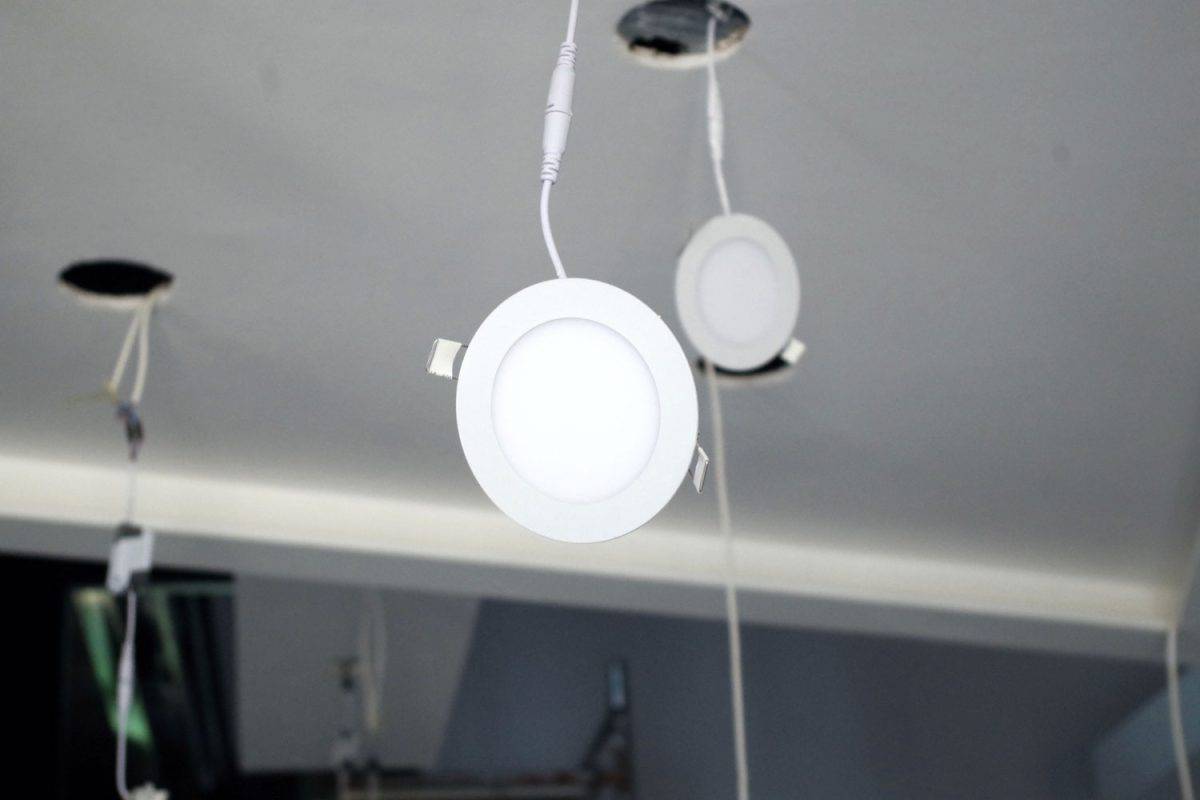
You would consider canless lights in case you have these preferences and constraints:
You are keen on the design and placement of your lighting fixture
You have much flexibility to choose the design of canless lights. Some models are creative in shape, and some are almost completely flat or surface mounted.
During the planning stage, you do not need to take note of the placement of your trusses and joists. Canless lights can be installed across those parts so you have the freedom to design and layout your lighting fixture according to your needs and wants.
You want better illumination in your space
While it is true that recessed lighting may not be as bright as standard lighting, the LED lights attached afford better illumination and are energy-efficient than incandescent lights. And since they only have a small casing, they are not much flushed into the ceiling compared to their counterpart, hence the illumination can be expansive.
You prefer a fast and easy installation.
The fixture of canless lights is very DIY-friendly, as such, installation is easy and could be accomplished in much less time. There is no drywall work. The package comes with push hangers to facilitate convenient mounting on the ceiling. Also, there is no installation standard, so you could do it your own way.
You have tight spaces in your ceiling
Since the casing is much smaller and has no rods and hangers, canless lights can fit into tight spaces of your ceiling. The fittings allow the electrical wires to connect directly. It comes with a side pack that functions as an electrical box. It can fit through the ceiling hole and doesn’t require much space.
You do not need to worry much about the slopes and angles of your ceiling joists and trusses. With this, you can use your artistic flair in the positioning of the lights.
You have less budget
With a smaller housing fixture, canless lights are definitely cheaper. Also, there is no additional trim. When you are thinking of upfront investment in your lighting fixtures for your home, canless lights are far better. Balancing functionality and aesthetics, canless lights prove enough.
And similarly, canless lights also have their share of these drawbacks:
- When the lights burn out, you need to replace the whole fixture. The structure of canless lights is that the light is fully attached to the housing, so you need to detach the whole fixture even if it just means replacing the burnout bulb.
- The housing and trimming of canless lights come in various designs and colors. When a light fixture burns out at a later time, chances are the replacement is not a perfect match to your existing ones. Even if you purchase the same model, it can still have noticeably different elements.
Check out this product on Amazon.
Are Recessed Lights a Fire Hazard?
Any form of lighting has the risk of overheating. The bulbs will go overboard to spark if the temperature goes beyond 194 degrees Fahrenheit. Other causes of fires point to faulty wiring and improper installation.
But with modern technology, can lights are now IC-rated, that is, they are not a fire hazard. The cylinder housing is made of non-combustible material and designed to effectively control any fire that may break out inside the fitting and prevent it to spread through the ceiling.
To avert the risk of fire, make sure the wires aren’t in contact with any insulation. Nevertheless, get in touch with professional installers to check your wiring and give you a proper assessment of whether your home is suitable for recessed lighting.
To Wrap Up
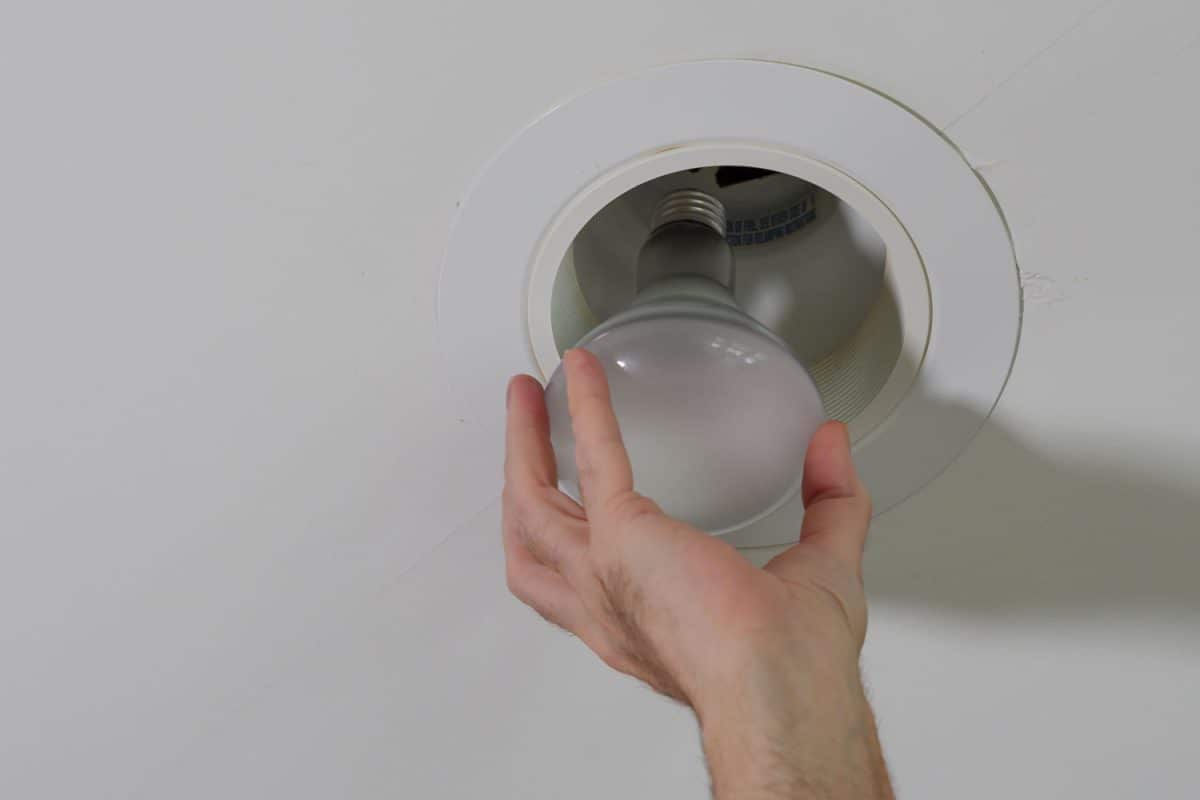
By now you have learned the differences between can and canless recessed lighting. With the different scenarios and important factors we have discussed, it should be easy to make an informed choice. You are now more than ready and confident to design your own recessed lighting. Take your pick!
To complement your recessed lighting, check out these posts for awesome design ideas for your space:

